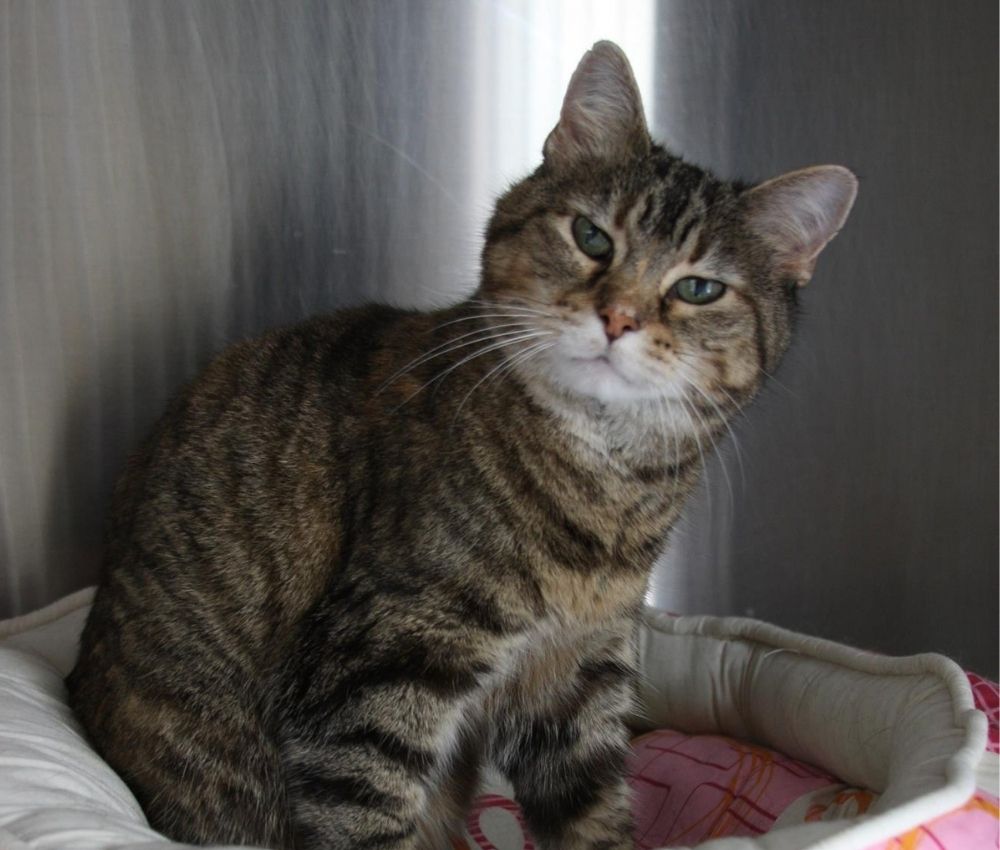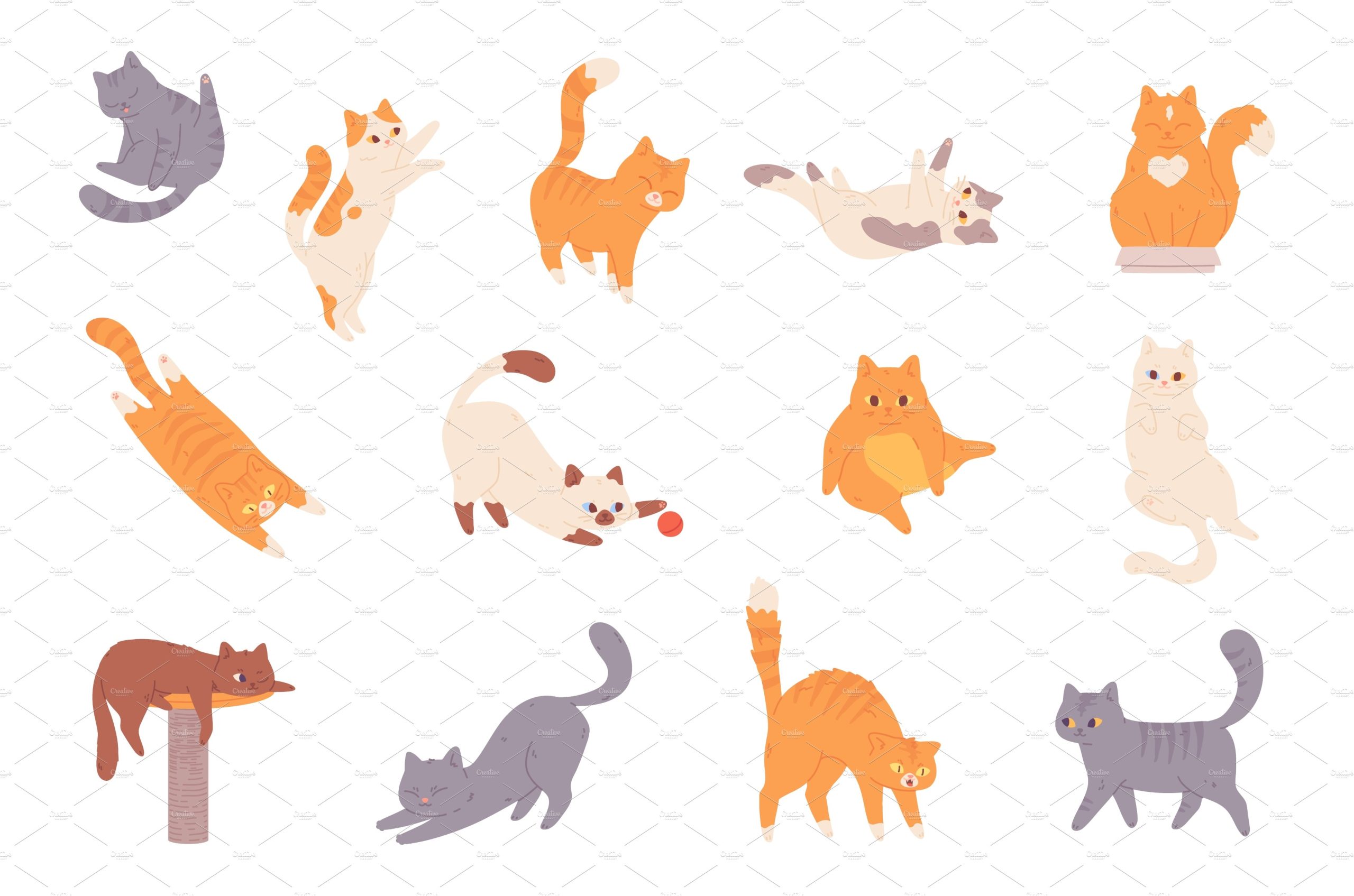Cats are intriguing creatures with a language all their own. While they may not communicate with words, they possess a sophisticated system of social cues and body language. Understanding these signals is essential for building a strong, positive bond with your feline companion. In this article, we’ll explore the world of cat social cues, decoding the subtle gestures and behaviors that reveal what your cat is thinking and feeling.
Tail Language
One of the most expressive parts of a cat’s body is its tail. The position and movement of the tail can reveal a lot about your cat’s emotional state:
- Happy and Relaxed: A cat with a tail held high in the air, possibly with a slight curve at the top, is generally content and friendly.
- Fear or Aggression: A puffed-up tail suggests your cat feels threatened or aggressive. If the tail is held low, it indicates fear or submission.
- Curved Tip: A relaxed tail with a curved tip is a sign of a happy and inquisitive cat.
- Lashing Tail: A tail that is lashing back and forth is often a sign of annoyance or irritation.
Ear Positions
Cats have finely tuned ears that can move independently. The positioning of their ears can provide valuable insights into their mood:
- Forward: Ears forward indicate curiosity or friendliness. Your cat may be interested in something or someone.
- Backward or Flat: Ears flattened against the head can be a sign of fear, anger, or aggression. This posture is often seen during confrontations.
- Slightly Sideways: Ears held slightly sideways may mean your cat is feeling relaxed or playful.
Purring
Purring is a multi-purpose communication tool for cats. While it’s often associated with contentment, cats also purr when they’re in pain or stressed. The context in which your cat is purring and their other body language can help you interpret the meaning.
- Contentment: Purring while your cat is relaxed, snuggled up, or kneading you with their paws is usually a sign of contentment.
- Stress or Pain: If your cat is purring but exhibiting signs of distress, such as tense body posture, dilated pupils, or growling, it may indicate pain or stress.

Eye Expressions
Cats’ eyes can convey a wealth of information about their feelings and intentions:
- Slow Blinking: Slow blinking is a sign of trust and affection. If your cat blinks at you slowly, consider reciprocating. It’s like a feline “I love you.”
- Dilated Pupils: Dilated pupils can indicate excitement or fear. In low-light conditions, a cat’s pupils ‘naturally expand, but if they’re enlarged in a well-lit room, it might signal arousal or unease.
- Half-Closed Eyes: A cat with half-closed eyes is often relaxed and content. This is a common sight during a cozy nap in a sunny spot.
Body Posture
A cat’s body posture can provide a lot of information about their intentions and feelings:
- Arched Back: An arched back is typically a sign of fear or aggression. This is commonly seen during confrontations with other animals or when your cat is scared.
- Crouched Posture: A cat crouched low to the ground is likely in a stalking or play mode. It can also be a sign of submission if your cat is feeling anxious or threatened.
- Rolling Over: When a cat rolls over and exposes their belly, it’s often a sign of trust and comfort. However, it doesn’t always mean your cat wants a belly rub. Be cautious as some cats don’t enjoy being touched on their belly.
Vocalizations
Cats use various vocalizations to communicate, and the tone and frequency of their meows, yowls, or purrs can convey different messages:
- Short, Quick Meows: These can indicate a greeting or request for attention.
- Loud, Prolonged Yowling: This may signal discomfort, hunger, or a strong emotional need. It’s often seen in unspayed or unneutered cats looking for a mate.
- Soft Purring or Chirping: Some cats produce soft, bird-like chirping sounds when they’re excited or hunting, especially when watching birds through a window.
Understanding these feline social cues can help you better connect with your cat, build trust, and provide the right care and attention. Remember that each cat is unique, so it’s essential to pay attention to your cat’s individual signals and preferences. By doing so, you can create a harmonious and happy relationship with your feline friend, grounded in mutual understanding and respect.
